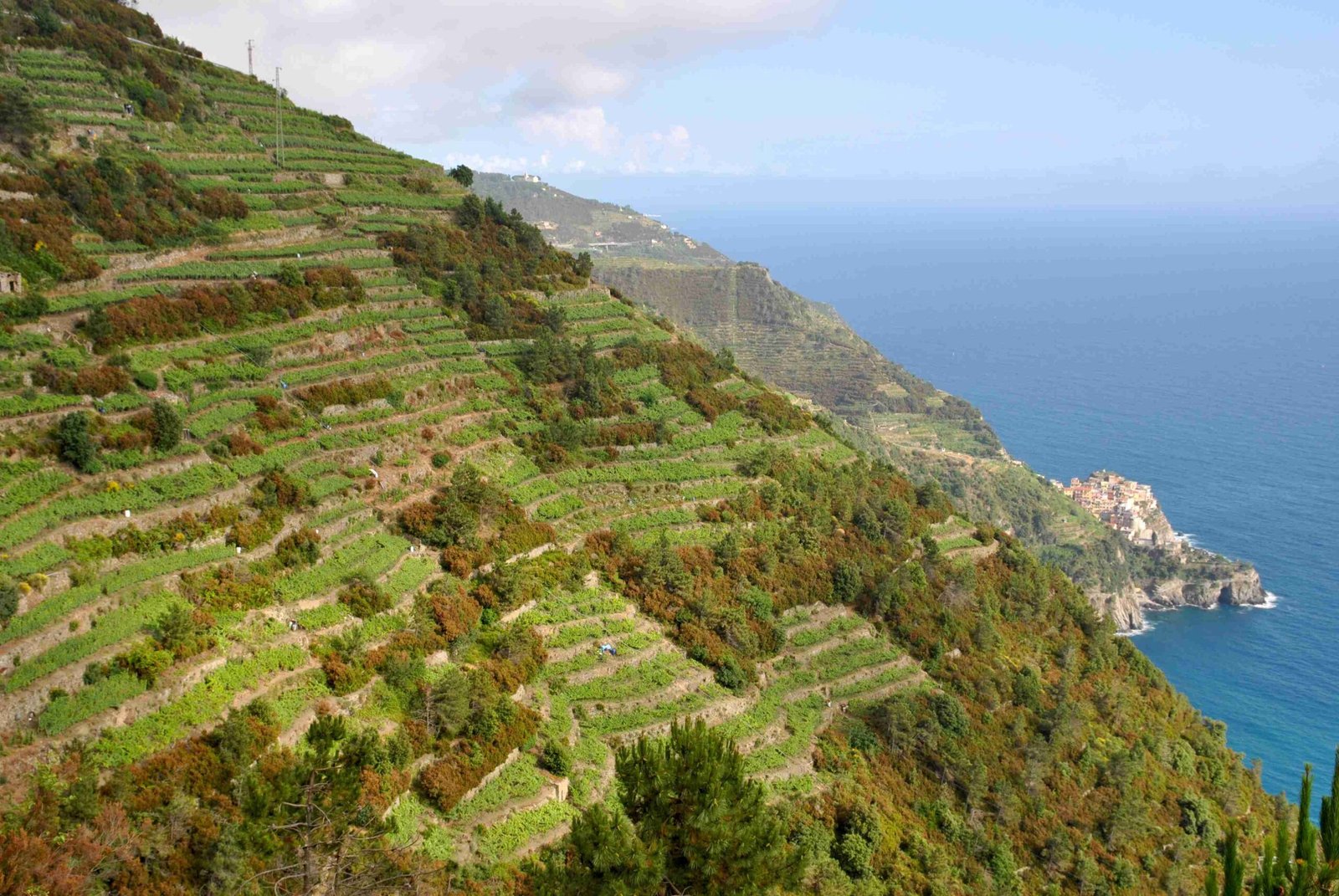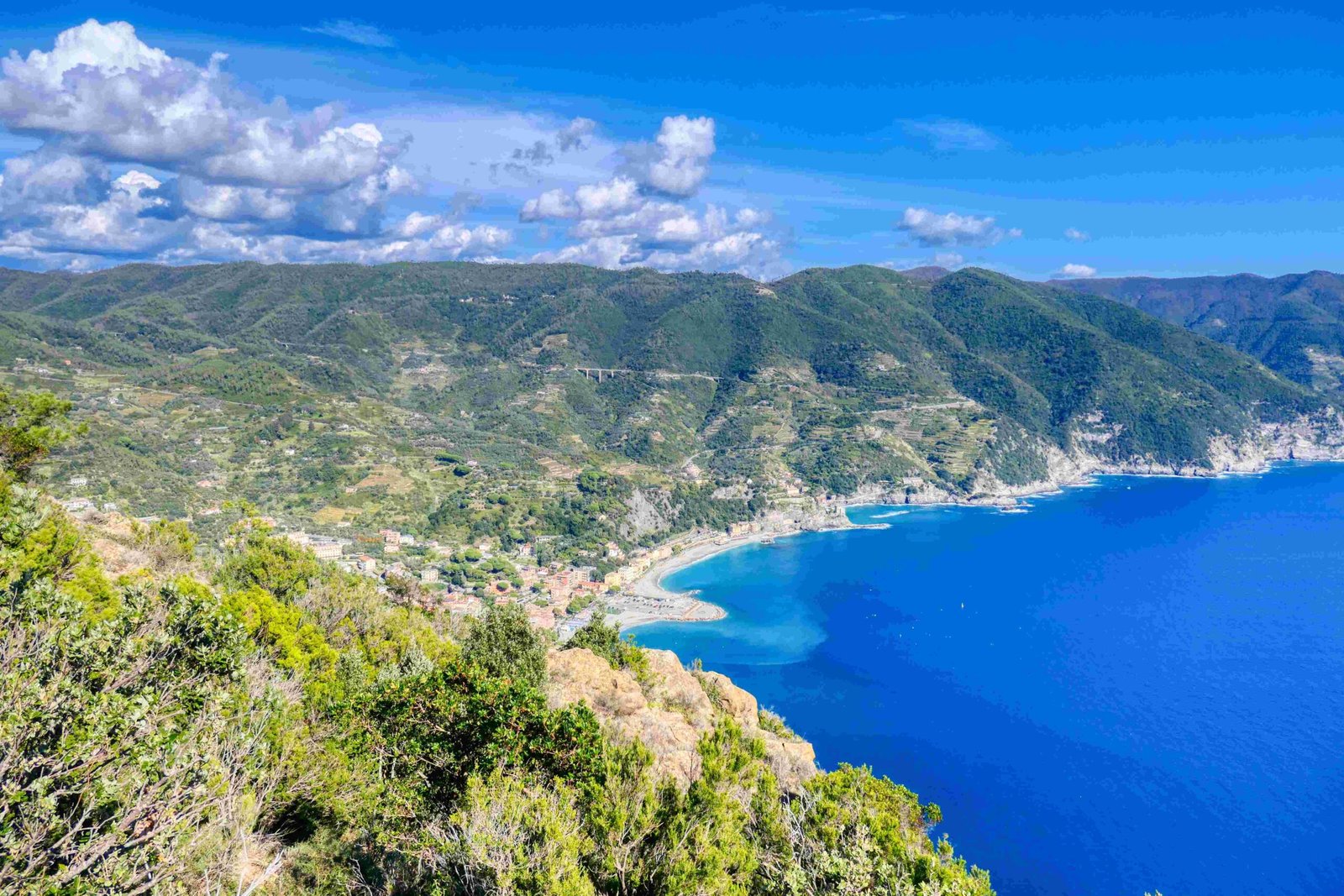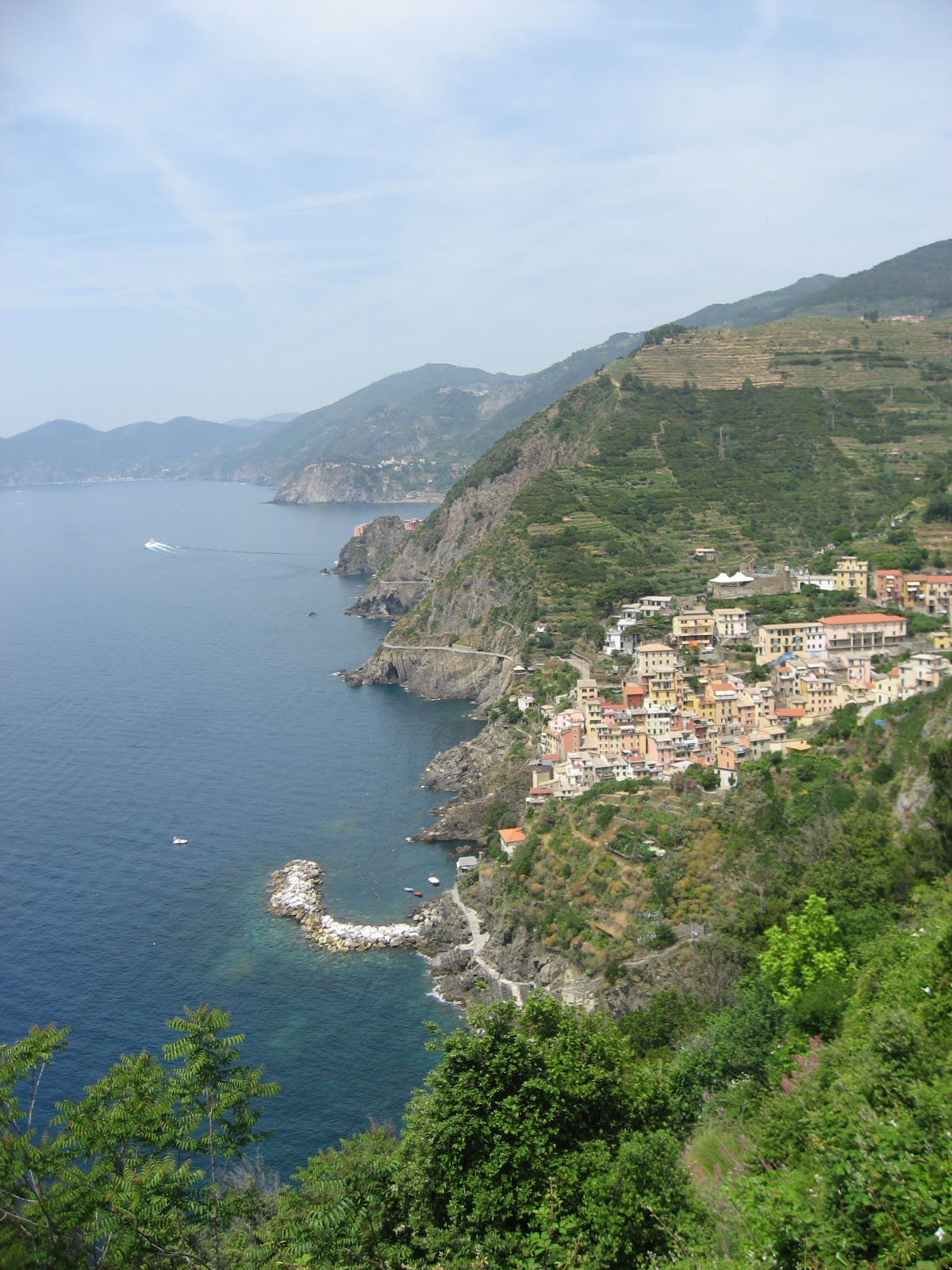Cinque Terre’s journey from obscure fishing villages to a globally recognized tourist destination is a remarkable tale of cultural transformation. From the 1960s onwards, these five picturesque coastal villages in Italy gradually emerged from isolation, attracting international travelers through their unique landscape, UNESCO recognition, and sustainable tourism practices, ultimately becoming one of Italy’s most celebrated travel destinations.
What Triggered Cinque Terre’s Initial Tourism Emergence?

Early Isolation and Economic Landscape
Before the 1960s, Cinque Terre remained a secluded network of five villages primarily inhabited by local fishermen and agricultural workers. The rugged terrain and limited accessibility kept these communities relatively unknown to the broader world.
Key Factors in Tourism Development
Transportation Revolution
| Year | Transportation Milestone | Impact on Tourism |
|---|---|---|
| 1874 | First Train Connection | Increased Accessibility |
| 1960s | Coastal Road Completion | Enhanced Visitor Mobility |
Tourism Catalysts
- 1960s: American travel writers began documenting the region’s extraordinary beauty
- 1970s: First significant international tourist interest emerges
- 1997: UNESCO World Heritage Site designation
- 1999: Establishment of Cinque Terre National Park
How Did Infrastructure Support Tourism Growth?

Railway and Road Network
The introduction of railway connections in 1874 marked a pivotal moment in Cinque Terre’s accessibility. The winding coastal road completed in the 1960s further enhanced visitor experience by providing breathtaking scenic routes.
Accommodation and Visitor Services
- Gradual development of hospitality infrastructure
- Conversion of traditional buildings into guest accommodations
- Creation of hiking trails and tourist information centers
What Challenges Emerged with Popularity?
Environmental and Cultural Pressures
- Overcrowding during peak seasons
- Strain on local ecological systems
- Preservation of traditional community structures
Sustainable Tourism Strategies
- Implementation of Cinque Terre Card
- Crowd management techniques
- Conservation-focused tourism policies
What Makes Cinque Terre Unique Today?
Distinctive Tourism Characteristics
- UNESCO recognized cultural landscape
- Preserved traditional agricultural terraces
- Limited vehicular access
- Interconnected walking trails
Visitor Statistics
- Annual visitors: 3.5 to 5 million
- Peak season: Summer months
- Primary attractions: Hiking, local cuisine, coastal views
What Future Awaits Cinque Terre?
Ongoing Conservation Efforts
The region continues balancing tourism growth with environmental preservation. Strategies include:
– Controlled trail access
– Sustainable tourism education
– Community-driven conservation programs
Emerging Tourism Trends
- Increased focus on experiential travel
- Growing interest in cultural and ecological tourism
- Development of off-season visitor experiences
Conclusion
Cinque Terre’s transformation from isolated villages to a world-renowned destination represents a nuanced journey of cultural adaptation, sustainable development, and global recognition.

